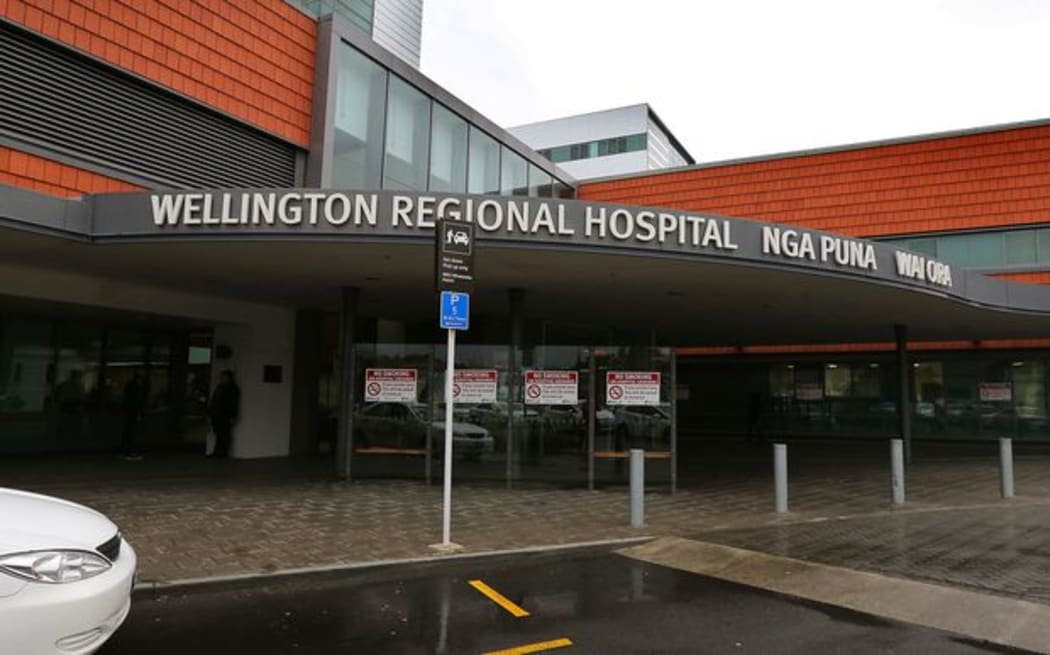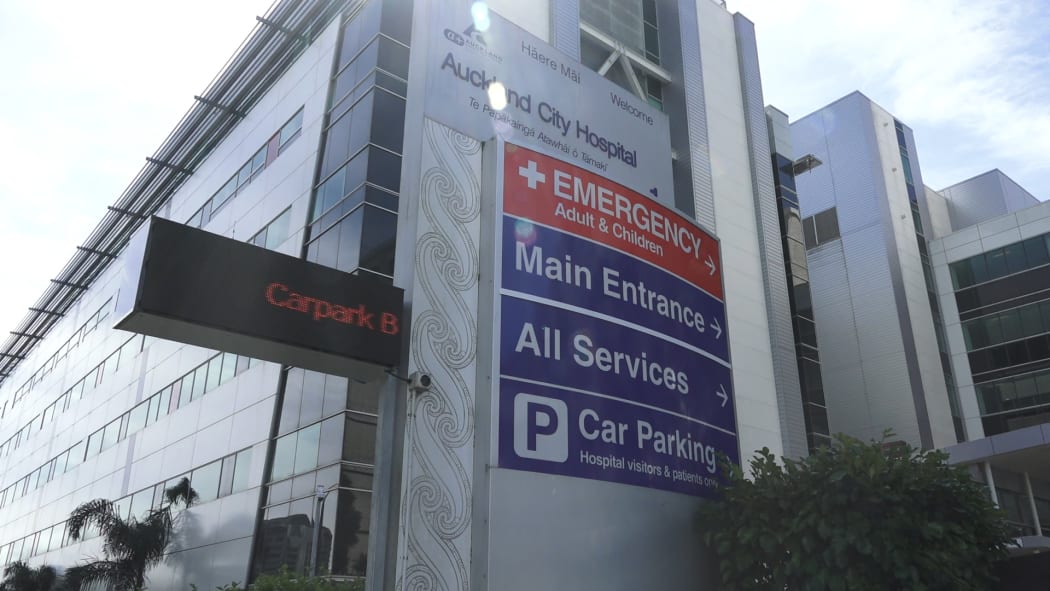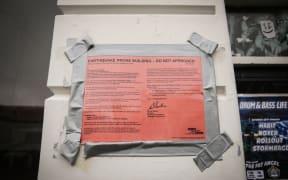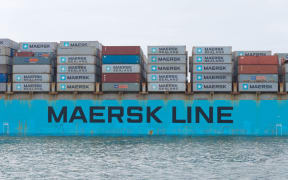District health boards (DHBs) in high quake-risk zones are not saying if they will audit their buildings to make sure they are up to scratch.

Wellington Regional Hospital Photo: RNZ / Diego Opatowski
A structural engineer says such audits would be prudent at Wellington's hospitals in particular.
Wellington faces much higher seismic risks than Auckland, where a quick check has found 40 percent of the main city hospital's critical non-structural assets are poorly restrained.
Restraints and braces not only keep pipes, cables, ceiling tiles and heavy aircon units from falling on patients and staff, but also ensure they do not smash into each other.
The experience in California and Chile, where the 2010 quake caused non-structural failures at two thirds of its 130 hospitals, shows the stakes are high.
Neither Wellington's Capital and Coast DHB nor Canterbury DHB has provided an assurance their buildings are up to standard.
Non-structural restraints specialist Terry Johnson has taken a cursory look at Wellington's main hospital block, built in 2008 in Newtown.
"It's a reasonable attempt but it's not compliant," he said.
"Within minutes, that's what the regulation says ... of a seismic event, that building has to be fully operational. That means everything - the plant, the air-conditioning system, the medical gases, the whole nine yards."
But Adam Thornton, of engineering firm Dunning Thornton, which led the Newtown project 10 years ago, insisted it was compliant.
"I concur that for typical buildings the practice at that time, and since that time, has not been ideal, has perhaps been far from ideal, but that's not the case for that building.
"It was a bit of a game changer in the level of what we required."
As for the DHB's scores of other buildings, the board was not saying very much - only that when it did renovations it got engineers to inspect non-structural elements, and that it knew the risk and had "strategies" to manage them.
It did not say if it would audit its buildings.
"It would be a desirable thing to do but it may not be the best use of their money," Mr Thornton said.

Auckland Hospital. Photo: RNZ / Bradley Ambrose
In Auckland, the DHB said its poor-standard restraints would be fixed at the city hospital and Greenlane in a phased programme based on risks and costs.
Research shows that in a big quake, 60 percent of injuries and 70 percent of damage are caused by non-structural building failure.
BNZ and Countdown supermarket did their own audits, and found many deficiencies that they were now both spending millions of dollars fixing up.
Civil Defence's Wellington regional controller Bruce Pepperell had assumed that all the hospitals run by his region's four health boards were up to standard.
"We want to make sure that the situation in Wellington was a lot better than that [in Auckland]. I don't know whether they're up to scratch so on behalf of the community we'll be asking that question of our district health boards."
Canterbury DHB said all its buildings were assessed after the 2011 quakes to ensure there were no safety risks.
Terry Johnson said that in the 2011 quake, huge water tanks on the Christchurch hospital roof that were not properly restrained, failed, forcing evacuations.
"Triage was in the carpark. The government has ... said these regulations are there to look after us in times of emergency.
"We either build hospitals correctly or we invest as a country into a huge fleet of helicopters so we can fly the injured to somewhere else."




